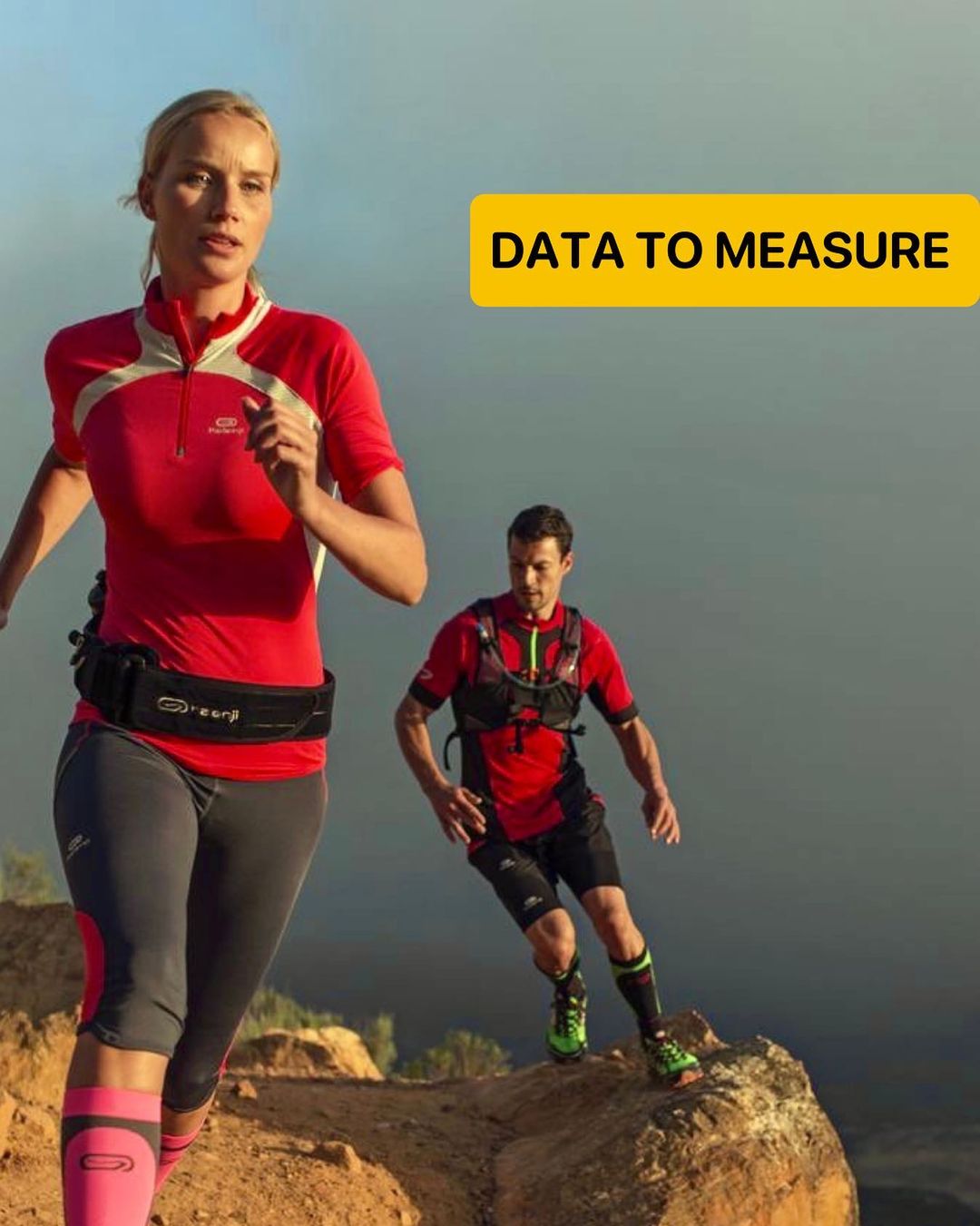👉🏼 Perceived effort, heart rate, and pace.
Recording these factors allows you to gauge the intensity, or effort level, of individual workouts. Over time, this data provides information about your fitness level, especially if you observe whether your heart rate or rate of perceived exertion (RPE) increases or decreases in relation to a given pace.
👉🏼 Distance or time.
Monitoring these factors allows you to measure your volume. Not all kms are equal. Some runs are long and slow, while others are short and fast. In terms of gauging the physical toll of training, recording time is useful, but if training for a race, recording distance is also important.
👉🏼 Fatigue score.
Fatigue is one of the first warning signs of overtraining syndrome. Your OMY! Sports virtual coach regularly asks how you feel and how hard your training was in order to adapt next weeks’ workouts to ensure your progress and/or prevent overtraining.
👉🏼 Pain score.
Being attuned to any pain will allow you to pick up on patterns, which may help to identify an injury early and aid in diagnosis and treatment. If you have any pain, communicate the issue via built-in chat.
All of this data is important to build perfectly fitting training plan, full of workouts that ultimately ensure your personal health, training progress and sports goals achievement.
OMY! Sports. Your personal virtual sports coach.
